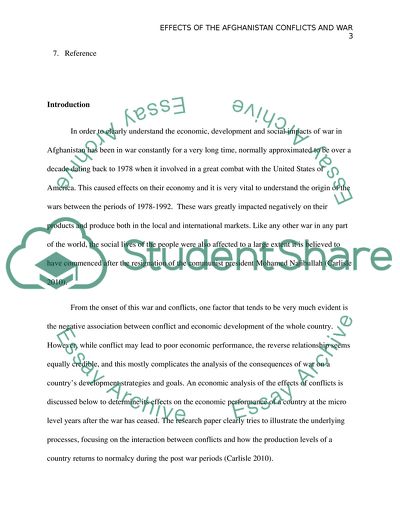Cite this document
(Economical Consequences of the Afghanistan Conflict and War Research Paper - 1, n.d.)
Economical Consequences of the Afghanistan Conflict and War Research Paper - 1. Retrieved from https://studentshare.org/macro-microeconomics/1636762-family-social-science
Economical Consequences of the Afghanistan Conflict and War Research Paper - 1. Retrieved from https://studentshare.org/macro-microeconomics/1636762-family-social-science
(Economical Consequences of the Afghanistan Conflict and War Research Paper - 1)
Economical Consequences of the Afghanistan Conflict and War Research Paper - 1. https://studentshare.org/macro-microeconomics/1636762-family-social-science.
Economical Consequences of the Afghanistan Conflict and War Research Paper - 1. https://studentshare.org/macro-microeconomics/1636762-family-social-science.
“Economical Consequences of the Afghanistan Conflict and War Research Paper - 1”. https://studentshare.org/macro-microeconomics/1636762-family-social-science.


